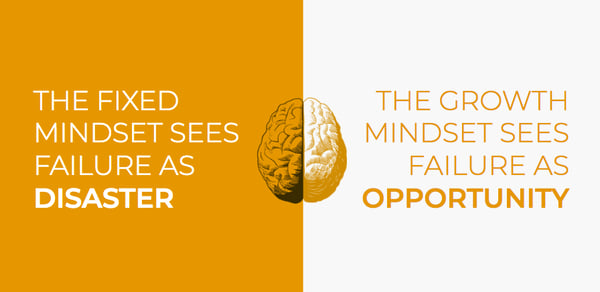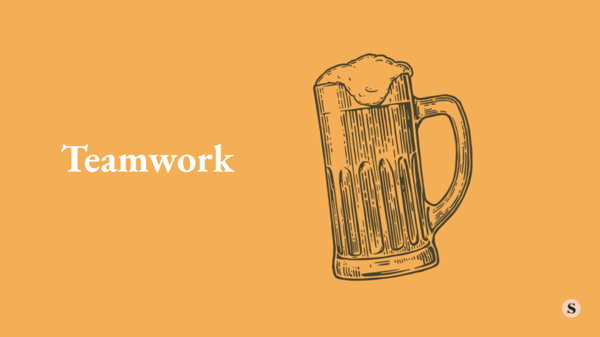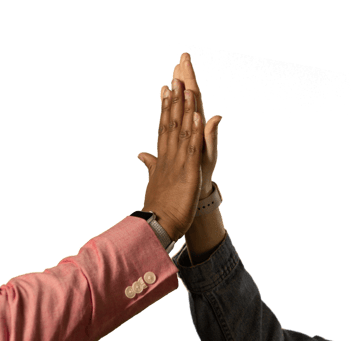
Confused.
That’s how we feel when a client comes to us with half-baked or hazy requirements. How do we get to solutioning?
Like us, clients are humans too. Confusion doesn’t scare us off though. We love it. We lean into confusion and do our best to understand what a client is trying to say. In a way, reading between the lines has become a specialty for us.
But what if I were to tell you that we recently created an entire solution for a client based on one minuscule, tiny little side-bar conversation we had years ago? You’d say we’re nuts. And we might agree with you. Let’s dive right in.
Softway 2.0
Oil & Gas has been a familiar playground to Softway for the last decade or more. Our partnerships have been hugely successful for Softway’s growth and success.
Somewhere back in 2017, during one of our regular visits to a client office, we were asked if we can use technology to solve one of their problems. A problem that affects hundreds, if not thousands of lives yearly. We thought about it for a few weeks, but the request eventually got hidden amongst all the other things we were being asked to do. A distant memory in a sea of more urgent work.
Back then, Softway was viewed as a vendor, not a partner, where the focus was on asked deliveries rather than smarter and innovative solutions. But even back then, we knew we had to pivot. Over the years we’ve been through immense ups and downs, failed, stood up, learned, unlearned and relearned and transforming us into what we are today: A digital transformation agency aimed at humanizing technology, propelling brands, and changing culture.
Fast forward to 2020—we’ve refined our processes and approach. Aligned on our vision—and focused on innovations and building smarter solutions. To help drive innovation, in a dynamic agency environment, Taxila was formed. Whose name was derived from Takshila University, the world's oldest learning university. Besides being a platform to experiment, Taxila was meant to take on real-time business problems, implement the latest technology, showcase our learning with our clients and share those learnings with our people, which in turn leads to more curiosity and upskilling.
We learned the importance of empathetic listening when working with clients. The more we listened empathetically to the actual needs of our clients the easier it was to recognize opportunities for innovation. We thought back to the moment where the request was asked, three years ago, and realized an opportunity was waiting for us to pick it up and create something great.
The exact wordings of the client during that minuscule conversation from 2017 went something like this:
"So, Chris (Our VP), do you think technology can be implemented to prevent BOP (A fail-safe machinery meant to behave as a lock during oil drill leaks) failure during Oil Drilling?”
Even a dormant client request can yield innovation. So the newly formed Taxila team got to work.
Getting down to business
We formed a team of 6. None with prior experience on requirement analysis, solutioning, or planning. We were engineers - 4 passionate developers, a project manager, and a quality analyst, with a love for storytelling. A diverse team with a common streak of curiosity, problem-solving—and a very tight deadline. Just 15 short days.
The problem given to us was ready to be solved, the teams were ready to jump in and get their hands dirty, but the very first roadblock was pretty monumental. None of us knew what to do. We were all solution-oriented but this kind of problem needed more than just a solution, it needed planning, brainstorming, researching, sleepless nights, etc. But we were committed. The very first thing we had to do is understand the problem, the industry, and the business jargon. Already a team of 6, we divided even further and stood up smaller teams to be accountable for smaller pieces of the project in a timeboxed way. The goal was to utilize 2 days for as much research as possible. By the end of the second day, we had to share our research converted to learnings with other team members and document it.
[Two-days later]
Surprise! Surprise!
After two days, we met and shared our learnings. By sharing with each other, we reinforced what each team had learned—which made the content easier to understand and more relevant for the other team to digest. We got faster and more efficient because we started with research, planning, and a shared learning exercise.
Learn, Unlearn, Relearn

Next, we built our solutions from our findings and learnings and came up with ideas for solving the problem. Since we all had a single goal it didn't take much effort or time to mold those research findings and come up with various approaches.
Sometimes, this yielded good problems—like coming up with multiple approaches instead of a single cohesive solution. So we needed some external feedback. A voice to confirm that we’re headed in the right direction and take a call on what fits best.
So without wasting time, we showcased this to some of our internal stakeholders: our Vice-President, and the account manager who were the initial people to come up with this idea. More than anything, they were in disbelief with the amount of reasoning or thought that we had arrived at in just 4-5 days, and the only missing piece was to have a final polished approach that interlinks the entire solution.
This was something we really needed to hear. It boosted our confidence and illuminated our path forward. The power of teamwork at play. I realized it's the tiny things that often have a big impact. Some kudos, affirmation, and motivation go a long way.
The week after, we dove into the logical reasoning of all the approaches we had in place. These were slowly taking shape and we were excited about the possibilities with Data Science, ML, Blockchain, and more. We were knee-deep in data, findings, and feedback.
[Seven-days later]
What a win!
Through complex reliability analysis of equipment failure data, we were able to suggest how we could prevent fail-safe blowouts and even get more efficient with operations.
We were all set to present our solutions to the client. We had managed to collate all 6 approaches into a single robust solution. Through complex reliability analysis of equipment failure data, we were able to suggest how we could prevent fail-safe blowouts and even get more efficient with operations, decision making and maintenance.It was nothing short of exhilarating to see everything fall into place, making our client meeting a really successful one. Takeaways from that meeting were:
- We were able to create a solution that the client was envisioning. (Thanks to NLP, DataScience and the power of Analytics we were able to add intelligence to our application)
- We got timely and valuable feedback of implementing this within an existing project
- This was going up to other stakeholders to see if there were other avenues for implementation
We are using power of Data Science, NLP and Analytics here to build this intelligent, self learning application
Passing on the Wisdom
So, what we learned is this. We limit ourselves with our own thinking. “I’m just a dev”,” I’m just a QA”, “how can something be built without a BA doing a requirement analysis? “, “How can I pitch technical solutions directly to the client?”. But why not? What’s holding us back is a fixed mindset. Believing we can’t instead of saying “let’s try and see what happens”.
During those 15 days, we had our own share of differences. There were times when we had lost hope. We had our fears - “What if we fail?”
“What if, after all the effort, the client didn’t see any value?”.

These feelings are bound to happen.
But it’s in not giving up that we eventually build confidence. We learned to aim for excellence and not perfection.
Softway’s learning culture was a large factor that kept us going. We had the freedom to explore and plan. A classic example of a bottom-up approach that Softway keeps pressing towards. And in that 15-day sprint, we got opportunities to step into the shoes of Engineers, Business Analysts, Account Managers—and of course, clients.
It’s time to encourage your team to explore. To take risks. To innovate together. Give them a chance to float an idea and build it. A unknown playground can be a great opportunity to trigger curiosity, learning, and excitement.




